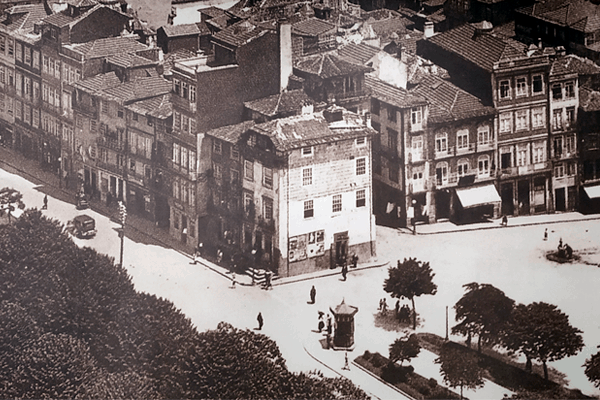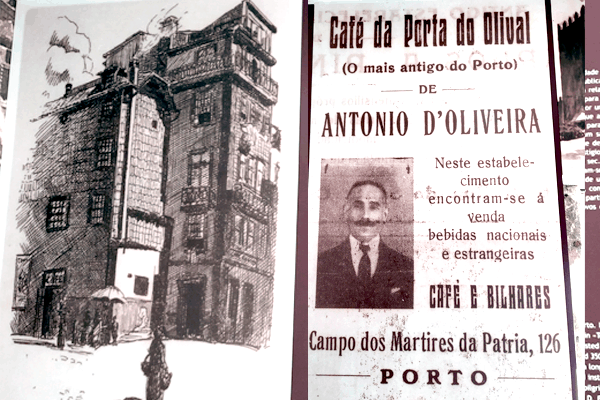
It’s really impressive to hear that Porto has been chosen as one of the best cultural destinations in the world by Tripadvisor users. This distinction is a testament to the city’s unique charm and rich cultural heritage, as well as its ability to provide memorable experiences for visitors.
The reference to the historic center of Ribeira, classified as a UNESCO World Heritage Site, highlights one of the city’s many gems. The Church of São Francisco is undoubtedly an impressive landmark, known for its Gothic architecture and exuberant Baroque interiors.
In addition, the mention of wine tastings and historical tours reminds visitors that Porto is not only a visually stunning destination, but also a place for rich sensory experiences, especially related to the famous Port wine.
Tripadvisor’s Traveler’s Choice Awards Best of the Best are a significant reference in the world of travel, as they reflect the opinions and experiences of travelers themselves. The fact that Porto is on this list, along with other world-renowned cultural cities, is a great honor and should attract even more visitors to the city.
If you wish, you can also take a look at our Tripadvisor page and our range of tours.

















